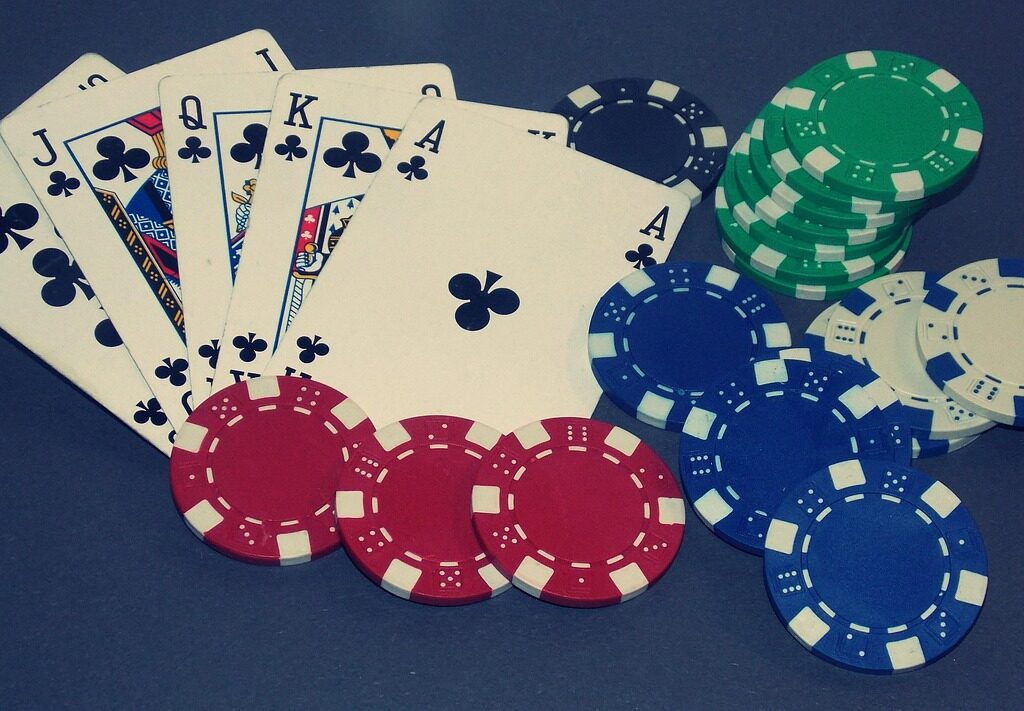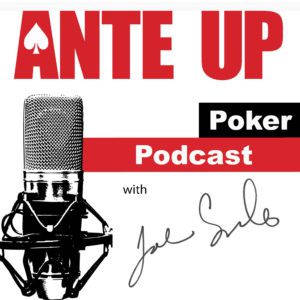Hold ’em defined the modern era of poker, dominating cash poker, televised poker tables, and online poker events for two decades. But with the progression of tools, the predictability arose, range charts eliminated creativity in the process, solvers substituted for instinct, and intuition was replaced by imitation. Meanwhile, Omaha, Stud, and mixed rotations remained wide-open, offering what Hold ’em had forgotten – imperfect spots, creative lines, and unprepared opponents. The hunt for a new advantage now starts where Hold ’em finally flattened out.
The Army of the Pot-Limit Omaha and Its Wild Offspring
PLO was the late-night action game that players used to play after Hold ’em was over. Now it’s the headline act from Austin to Amsterdam. Pot-Limit Omaha controls the channel of Control and the window of Posture, four cards to two, more draws, wide pots, and shortened error intervals. What started as a curiosity has turned into the most lucrative alternative to players who can deal with variance and can spot the pitfalls that pursue excitement over equity.
The format’s reach extends far beyond live tables. Regular poker platforms, as well as crypto-based BTC casino sites, are growing rapidly, offering players secure, decentralized gaming environments with instant deposits and withdrawals. These platforms now feature Pot-Limit Omaha cash games, tournaments, and daily freerolls where players compete for real money. The appeal lies in constant action and deeper strategy, a mix that attracts both veterans seeking challenge and newcomers drawn by volatility.
PLO-6, the most recent mutation, makes it all so much worse. More cards, more combos, more hands that are worth playing, and more players misplay them. The math is doubled, but so is the mayhem. Where Hold ’em is a controlled tug-of-war, PLO-6 is a tuxed-out bar fight.
It penalizes ego and rewards patience, and even strong players are kept guessing. That volatility creates plenty of space for profit, particularly for the players who know that folding big draws is the most daring action at times.
HORSE, 8-Game and the Return of the Old School Poker
While Omaha has taken the thrill-seekers, HORSE and 8-Game have reintroduced something that poker had lost: craft. These variations in `zoomrot` present rotations of Hold ’em, Omaha Hi-Lo, Razz, Stud, and Stud Hi-Lo, which require a sense of rhythm and restraint.
Hold ’em players who love to dominate the game must be humble in Razz; players who love to be aggressive must learn to be patient when the game slows down and the pace is controlled.
Mixed formats are less theoretical and more observational, and patient. One structural error will cost a whole round. Stud (once long derided as a relic of the past) has the advantage of increasing attention span and board recall skills, which few modern players train in. Switching between limit and pot-limit play: The changes required for adaptability under fatigue. That’s where the edge lives.
The appeal isn’t nostalgia. It’s exposure to the games of poker where the instincts still count. HORSE games develop discipline, learn how to channel aggression with Control, and reward deep situational awareness. The very traits that make Hold’em feel mechanical become assets when every hand is a different puzzle.
Softer Fields, Higher ROI
The beauty of mixed games lies in their asymmetry. Less competition from specialists means softer fields, smaller egos, and genuine potential for steady profit. In live games, PLO or HORSE events usually draw between one-half and two-thirds the entries of comparable Hold’em fields, yet prize pools remain strong. That imbalance creates overlay value for players capable across multiple formats.
Recent legislative attention has even added credibility to the skill-based argument. A New York state bill proposes that certain interactive poker variants be legally recognized as games of skill rather than luck.
Mixed-game players also experience steadier variance. Where Hold’em swings depend on coin flips and push-fold edges, limit rounds and split pots soften the extremes. Patience, not preflop aggression, wins the day. Players can grind out consistent gains while Hold’em fields chase double-up miracles.
On the local level, the math is even more apparent. Another great example is that a disciplined player can take advantage of massive leaks from new players who enter mixed games to try something new, but they play them like Hold ’em. Each misplaced bluff, board card ignored, becomes a long-term dividend for those who know about the structure and flow.
Entering the Room with a Sense of Confidence
The transition begins small. PLO or dealer’s choice format is now played at most cardrooms at least one night per week. Those are ideal test grounds. Sit short-stacked, tight, be aware of rotation times, and focus on ongoing rules (beginnings of action ambiguity and ranges go by the wayside).
Be humble and approach the process with an open mind. Patience is money: in mixed games, you have to know that. Aggression is still essential, but timing is more significant. The players who excel are the ones who are willing to lose small and learn big. Once panic gives way to rhythm, edges will continue to pop up in places that Hold ’em players miss entirely.




